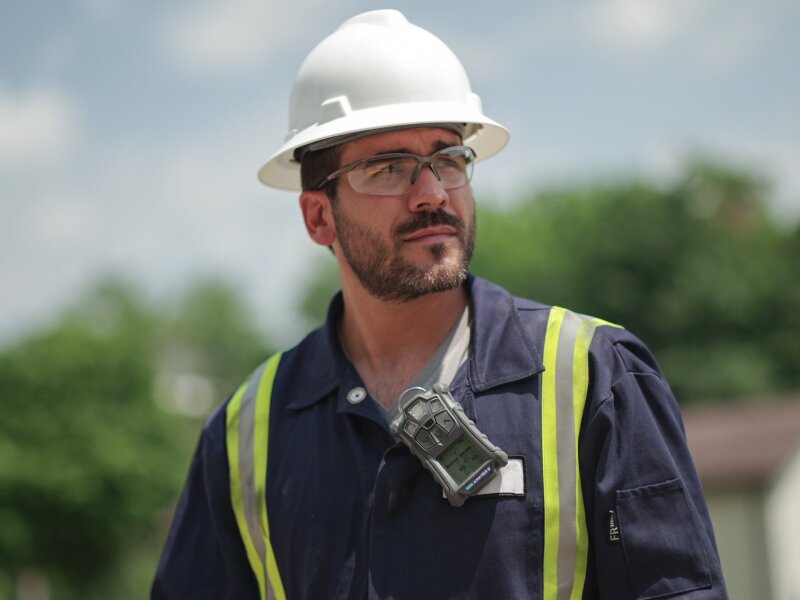Big data analytics is a big deal right now in the oil and gas industry. This emerging trend is on track to become an industry best practice for good reason: It improves exploration and production efficiency.
With the help of sensors, massive amounts of data already are being extracted from exploration, drilling, and production operations, as well as being leveraged to shed light on sophisticated engineering problems. So, why shouldn’t a similar approach be applied when it comes to worker health and safety; especially when it’s the norm across a wide variety of other industries?
There’s definitely room for data-driven safety improvements in the energy section. While the International Association of Oil and Gas Producers came out with a safety performance report that showed fatalities and injuries for the industry were down in 2019, the US Occupational Safety and Health Administration (OSHA) says that the oil and gas industry’s fatality rate is 7 times higher than all other industries in the US.
Safety is paramount, of course, but the nature of the work in this industry also makes safety advances incredibly challenging. Safety professionals continually seek the best ways to efficiently address worksite and worker safety issues.
Efficiency is a good thing, of course, but if efficiency is the only goal, only immediate safety problems will be solved and little, if anything, will be done to mitigate safety risks in the long term.
Better Safety Outcomes: Why Context Is Everything
A more successful and sustainable solution is needed to avoid falling into the trap of thinking only about efficiency. Safety managers need a clear view of an organization’s safety context, what is known as having great quality of perception, or QoP.
QoP is a crucial part of a next-generation safety program. That’s because the deeper understanding of the reality of a safety program leads to sound, accurate, life-saving decisions.
Herein lies the inherent value of data. Quality data presented in a relevant and usable format will help managers make sense of what is happening, what could happen, and, more importantly, how to prevent safety hazards and issues.
Improved Quality of Perception (QoP): Why Simple Is Better
Complexity is the enemy when it comes to improving QoP, so it only makes sense to simplify the decision-making process. How? With data so well-defined that it leads to actionable insights. With this approach, it will take far less time and effort to achieve full situational awareness. Decision-making, therefore, becomes easy and straightforward because it’s so clear and evident what needs to be done.
Smart Solutions: Why Oil & Gas Needs Them
Across the globe, there’s at least one risk for workers in the oil and gas extraction and support industries; engaging in work that potentially exposes them toxic gases and atmospheres. A 2019 study by the UK Oil and Gas Industry Association showed that hydrocarbon releases “are the largest single type of reportable incident,” accounting for 37% of reportable incidents—even before dropped objects.
And, according to the Bureau of Labor Statistics Census of Fatal Occupational Injuries, over a 10-year period in the United States, 14.3% of oil and gas worker safety events were the result of fires or explosions with exposure to harmful substances or environments accounting for 8.8% of events.
So, where does big data analytics come into play? No doubt, smart gas detection can play a crucial role in promoting worker health and safety in this industry. Workers and the safety managers in charge of helping protect them can, and should, leverage the life-saving, incident-reducing benefits that smart technologies have to offer.
As an example, consider smart gas detection. Each of these components plays a part in the quantity and quality of available data:
- Smart sensors influence data accuracy at three levels: type, quantity or concentration levels, and time or how long exposure occurred.
- Smart devices enable quick and easy connectivity with other devices and the cloud. They also enable reporting on status, device condition, and more.
- Smart software delivers compliant gas readings, as well as at-a-glance information, and actionable insights to support swift, accurate, safety-minded decision making.
Smart solutions not only help safety professionals automate compliance and mitigate risk, it also helps them learn from the data to further improve the QoP.

